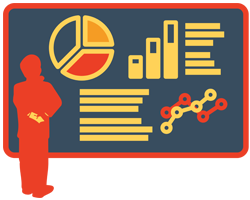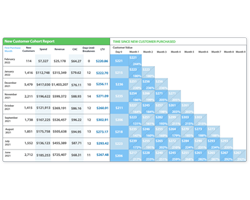Are your Facebook ads getting good ROI? Now is the time to start scaling them up to grow your brand.
We’re going to tell you the strategies that 7 figure ecommerce brands using Wicked Reports use to scale their Facebook ads.
But first, let’s go over some of the biggest challenges brands run into when trying to scale:
- Too narrow an audience. When this happens, Facebook tends to just refuse to spend your budget.
- Acting on bad data. Bad marketing attribution means bad results.
- Using purchases instead of LTV. You don’t just want buyers; you want to find more high value customers who love your brand and keep coming back for more.
- Lack of multi-touch marketing attribution information. Without this, you’re not optimizing each step of your marketing funnel and missing out on a lot of opportunities.
- Increasing the budget too quickly. Facebook’s algorithm doesn’t like that and it will throw your winning campaign back to square 1 learning mode.
- Too much audience overlap when testing campaigns. The ad fatigue is real, it’s like throwing your ad budget into a flaming dumpster.
- Turning off winning campaigns before they can win. Wait at least one buying cycle before turning off a campaign to give it a chance to succeed.
If you’ve fallen into some of these pitfalls, that’s okay! We’re going to share with you all the right fixes for these problems, and more!
Keep reading to find out the best practices for scaling Facebook ads so you can get the best possible ROI for your ecommerce brand.
1. Good Data = Scalable ROI
 Have you ever heard the phrase, “Garbage In = Garbage Out”?
Have you ever heard the phrase, “Garbage In = Garbage Out”?
The idea here is that if your marketing data is garbage, then your results are also going to be garbage.
Don’t go into campaign scaling decisions blind. You need to make your most critical campaign decisions using accurate, multi-touch attribution data.
How to know if your marketing attribution data is garbage:
- Multiple channels are taking credit for the same sales.
- Your data is primarily based on data modeling and not actual user tracking.
- All of your performance data is pulled directly from Ad Manager. This is like asking the fox to watch the henhouse.
- Attribution is only at one step of your funnel, such as the last click before a purchase.
- Attributed sales or revenue do not match your CRM or payment processor.
If this sounds like the data you’ve been using, it’s time to step it up and use a third-party, unbiased multi-touch marketing attribution software like Wicked Reports.
Once you have accurate, healthy data your marketing decisions will be much easier and without the doubt from guesswork. You will be able to present marketing performance to your management or clients with confidence, with the added bonus of being able to pull that data instantly without spending hours on spreadsheets.
2. Don’t Forget About MOF
It’s so easy to fall into the trap of only optimizing for the final last-click stage of a marketing funnel.
What expert media buyers know, and many smaller businesses miss, is that optimizing your cold traffic for high value customers is how large brands can really scale.
This is why multi-touch marketing attribution is so critical. It allows you to look at each step of your funnel individually to discover what content is bringing in high LTV customers, not just one-time buyers.
At Wicked Reports, we track marketing performance using the following Attribution Models:
- Full Impact ROI
- First Click ROI
- New Lead ROI
- Last Click ROI
- ReEngaged Lead ROI
- Linear ROI
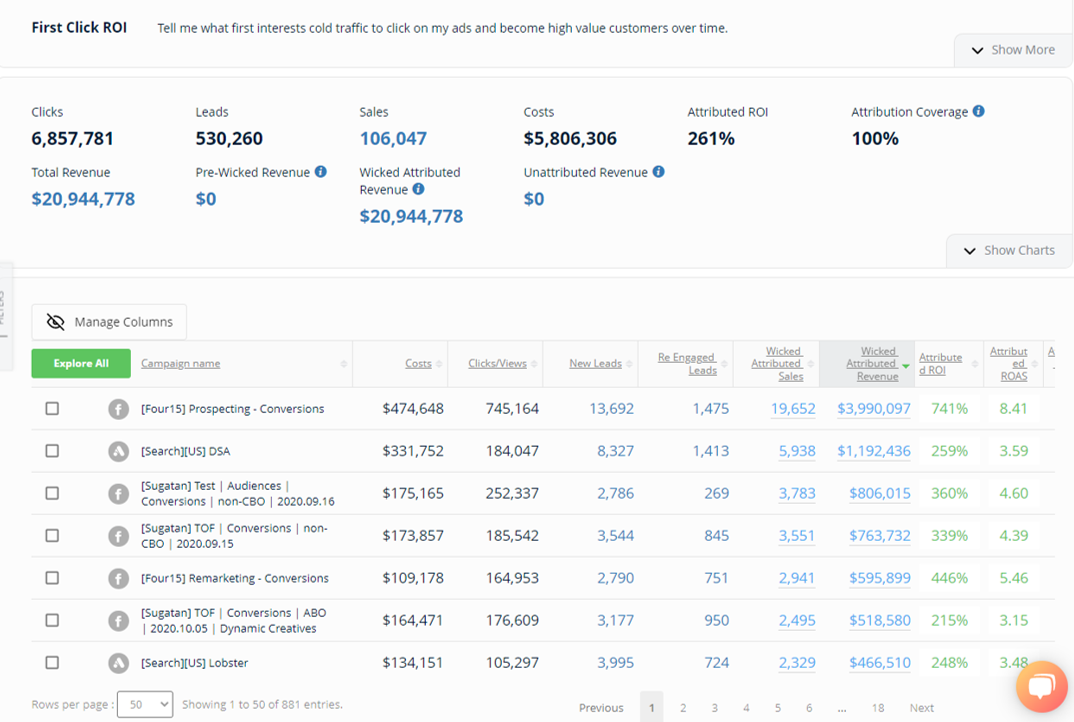
Being able to look at campaign level performance at each step of your marketing funnel is incredibly powerful. It can help you reduce your buying cycle time by cutting out low performing campaigns. This detailed level of accurate attribution also makes it easy to pick winners and increase ROI on campaigns.
3. More Money, More Problems
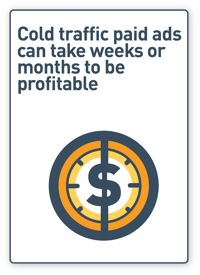 Throwing more money at it without strategy does not necessarily equal better results.
Throwing more money at it without strategy does not necessarily equal better results.
Slow, steady 20% budget increases are the ticket. Don’t increase your budget by more than 20% over 3 days. By increasing your budget slowly, your campaign won’t go back into the learning phase and lose all its momentum.
Taking your time when analyzing campaign performance can also make a big difference. Some of our ecommerce client brands take weeks or even months to see positive ROI on a campaign. If they wait a year, they can see campaigns that initially looked like losers turn into big winners.
This is because clicks take time to buy, and Ad Managers are very limited in their attribution windows. If you depend on an Ad Manager instead of Wicked Reports, you won’t be able to see attribution to a first click that happens 8 (Facebook) or 31 (Google) days later. That’s a huge problem if your brand takes a little extra time to convert, because you will have no idea what cold traffic is working.
Give your campaigns some breathing room to perform, and then slowly scale them up to keep the momentum going!
4. Audiences Matter
Broaden Your Audiences
If you’ve been using the same audience over and over, your ads might be getting stale to them. It’s time to expand your audience out to new locations, interests, or demographics. You can also give Facebook a little bit more leash by selecting the detailed targeting expansion button when building an audience. It might surprise you how effective this option is!
Avoid Audience Overlap
Sometimes we see campaigns stagnate because there is too much audience overlap, especially with warm traffic. You may need to check your lookalike, interest, or custom audiences to make sure that they are overlapping too much. You can also exclude some of your existing audiences from new ones to ensure it’s a fresh audience to test against and not exhausting your target audience.
Use LTV to Optimize
Facebook has no native concept of LTV. Ad Manager doesn’t even accept LTV data from uploads. It can only optimize against individual purchases - unless you feed it better data.
You can upload an audience of high LTV customers from your CRM to create a powerful lookalike audience to feed back into the Facebook algorithm.
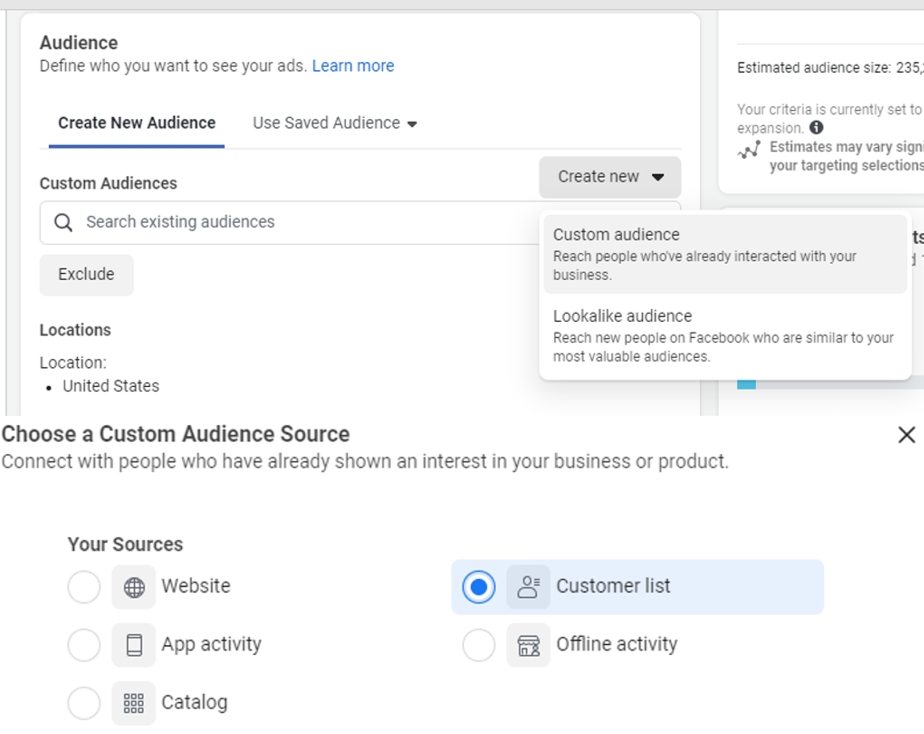
By doing this, you can get the best ROI. But don’t just do this for your bottom of funnel ads - you need to do it for cold ads too!
Cold ads might seem difficult to optimize for actual paying customers, but not doing this is a huge mistake. Optimizing cold traffic for high LTV customers will give you a huge advantage over your competition, who is wasting money by optimizing cold traffic for clicks or leads.
5. Trust The Facebook Algorithm
 The Facebook algorithm is built to get advertisers the best performance possible, because advertising is how Facebook makes money.
The Facebook algorithm is built to get advertisers the best performance possible, because advertising is how Facebook makes money.
When you are scaling up Facebook ads, giving the algorithm as much space as possible without unnecessarily narrowing demographics, location, or interests is going to help you be successful.
The broader you can make your audience within reason the better your results are going to be.
Some ways to do this:
- Loosen up interest narrowing or add more interest audiences.
- Use CBO. CBO is a powerful friend when used properly.
- Expand your demographics or location when appropriate.
- Use detailed target expansion.
The powerful Facebook algorithm is an incredible asset for modern digital advertisers. An experienced media buyer can help you leverage it, if you’re not already using one.
6. Testing… 1… 2…3
Nothing will hurt your ROI more than stagnating ads. It’s impossible to scale if you’re already experiencing ad fatigue, and this will be one of your biggest enemies during the scaling process.
Ad Fatigue Can Kill you
Sometimes repetition can be good, helping to remind people about your brand and increasing your likelihood of showing them the right content at exactly the right time to inspire a purchase.
It’s also true that people get tired of seeing the same old ads over and over again, especially if you are pushing the same offer over and over again.
You’ll know that your ads are fatiguing and unable to scale further if you’re ROAS has fallen over time, your ads are getting less engagement, and sales are falling from a previously successful campaign.
Some ways to avoid ad fatigue:
- Put new creative in front of old audiences.
- Put old creative in front of new audiences.
- Create new offers.
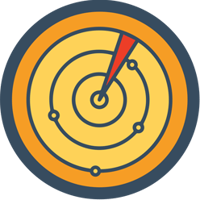 Test New Audiences
Test New Audiences
New lookalike or fresh interest audiences can be your key to avoiding ad fatigue and keeping your campaigns healthy. Grab high LTV customers from your CRM and use this for cold traffic targeting.
Testing new audiences is a great way to expand your brand and scale.
How to Test Strategically
One of the best ways to scale your Facebook ads is to keep track of what has worked and what hasn’t. This sounds simple, but your competition probably isn’t doing it.
Start by creating a simple change log. Keep track of your campaign changes and why you made the change, and then go back and revisit to document how the performance was.
Next, only make one change at a time. If you change your creative, headline, and audience all at once it’s impossible to know which change helped or hurt your marketing performance.
Small, incremental changes are your friend when it comes to testing Facebook ads for scalability.
7. Diversify
![]() This might sound counterintuitive, but to scale your Facebook ads you also need to go outside Facebook.
This might sound counterintuitive, but to scale your Facebook ads you also need to go outside Facebook.
Diversifying your advertising channels helps to build new audiences for retargeting and can help you find more high LTV customers for building lookalike audiences. You can leverage those audiences from other channels to get great results on Facebook, since most audiences are spending time in multiple places.
Scale Your Facebook Ads with Accurate, Multi-Touch Marketing Attribution
- Test new audiences and creative at each step of your marketing funnel.
- Diversify to multiple advertising channels.
- Increase budget on winning campaigns slowly..
- Trust the Facebook algorithm.
The bottom line is that in order to scale your Facebook ads, you need to use accurate, multi-touch, multi-channel marketing attribution.
Find out what Wicked Reports can do to improve your brand’s advertising ROI without guesswork or inaccurate spreadsheets.


